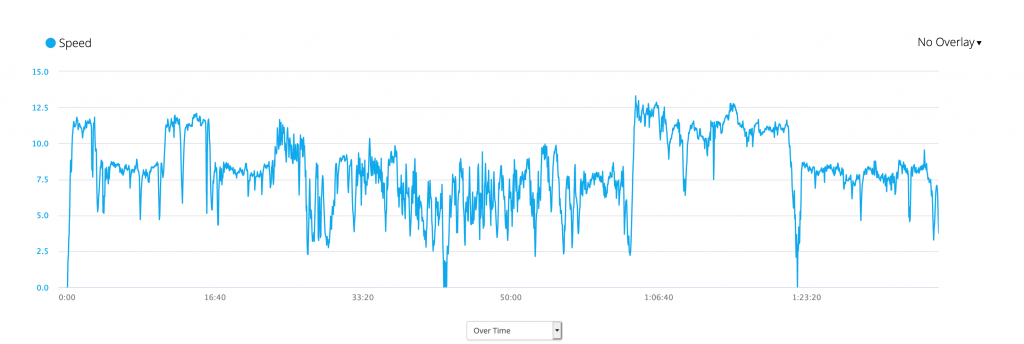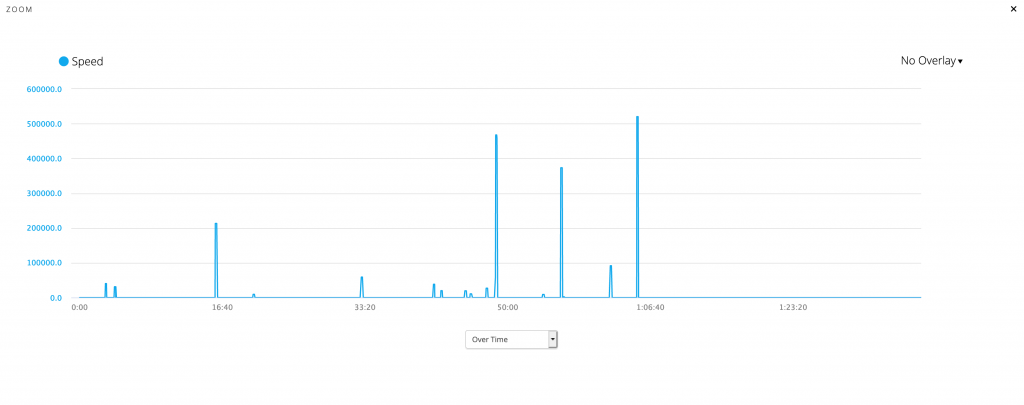So Garmin is having a big spring sale, so I decided to treat myself to a Garmin Fenix 6X Sapphire. It has some amazing features – too many to list here. I had it in my head that I might be able to use it instead of my Forerunner 920XT, but I might have to hold on to the 920. At first I was thinking it would be a good replacement because the screen is big and clear. But I’ve paddled with it twice, and it has a really annoying bug.
When you’re paddling, every time you paddle under a bridge or too near a concrete wall, the watch would lose GPS satellite signal. Every previous watch I’ve had (Forerunners 301, 320, 910Xt, 920Xt) would show a slow speed for a little bit, then it would show a high speed for a little bit, then would settle down and show the correct speed again. Not this guy – instead it shows a blank screen for a short time, and then it shows some crazy impossible speed. Today at one point it was showing 886,844 km/hr. That’s 30 times as fast as the International Space Station in orbit, by the way. If I really hit that on the canal, I’d probably evaporate all the water from Buffalo to Albany.
The worst thing about these huge spikes is that it makes my speed graph unusable. Two days ago I paddled with the 920XT on my boat and the Fenix on my wrist. This is what my speed graph looks like from the 920XT.

And this is what it looks like from the Fenix.

Useless.
Now I remember from reviews on DC Rainmaker that the Forerunner 945 had some accuracy issues because they’d switched to a Sony GPS chipset to improve battery life. I assume that’s what the difference is here as well. Hopefully there will be a firmware update to fix this.
Interestingly, it appears that Strava has done some sort of smoothing, because my speed graph looks normal on it, with a max speed of 13.7 km/hr instead of 888,000.
Update
Got an email from Garmin saying they’re working on a firmware fix.
